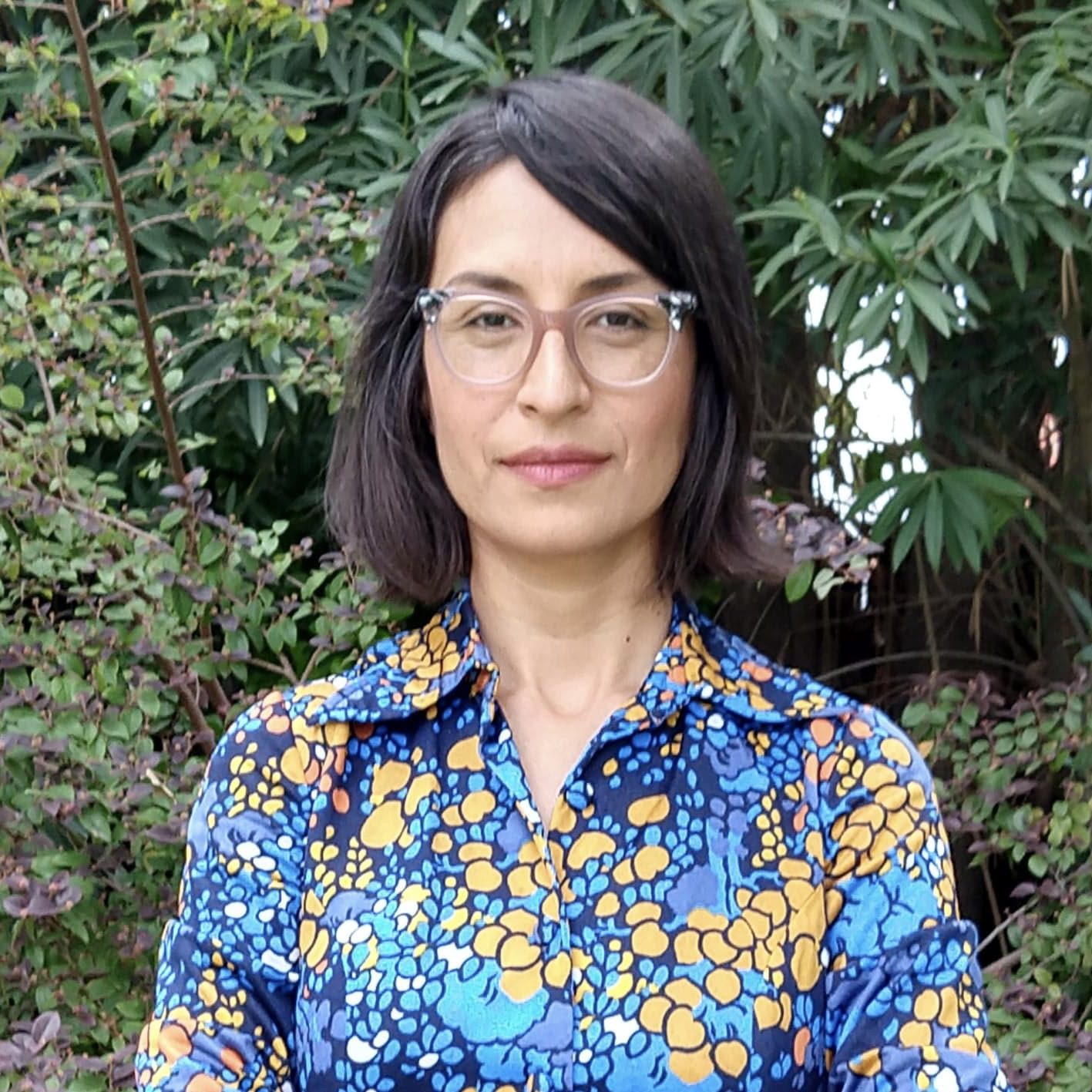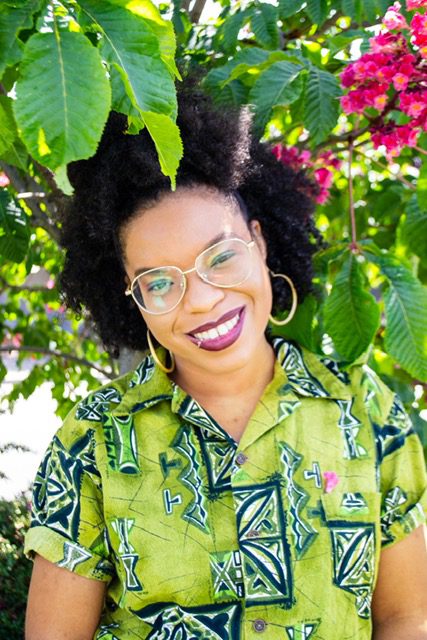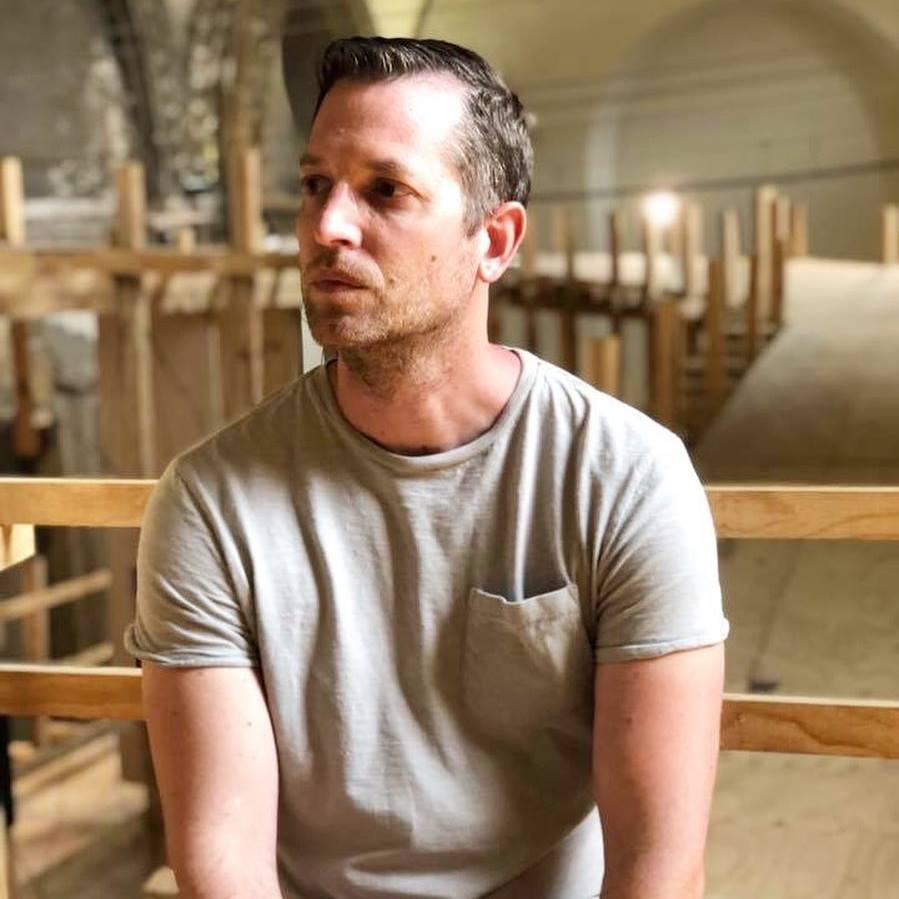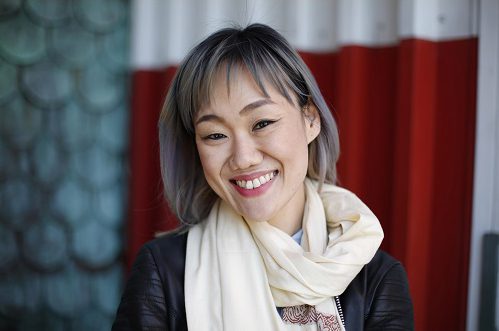I met Grace Smith (Yup’ik) when I was researching an article for The Circle, a Native American newspaper in the Twin Cities.
The Native community in the Twin Cities is very complex, with people from many different tribes and nations.
***
Aimee: What’s your first memory of Alaska?
Grace: I’m on the floor in the large room. At the time I only spoke my language. We were listening to the radio and whatever the guy was saying, I tried to say it. My mom died in winter and my dad died in spring while he was fishing. My brother and I were sent to Holy Cross. My brother and I just stood by the door, and I couldn’t understand who these people were because I’d never seen white people. I’d never seen nuns dressed like that before. I tried to play with the kids but it was hard. They were all Native Americans but from different places. There were no white children.
I understood English but I didn’t know how to speak English. I understood the nuns and I thought I was speaking the same language. I was crying because a nun hit me and said, “You’ve got to learn English.” Am I speaking English? I thought. After I got done crying, I went up to my brother and he pulled away. He didn’t want to talk to me after seeing what I went through.
Aimee: When did you become active in the Minneapolis Native community?
Grace: I gradually found out about Native American culture. During the in-between time, that’s when I had my separation from my ex-husband, one of the teachers at Indian Education told me about Women of Nations. They helped me get a lawyer for an order of protection and guided me through. They told me the same thing I told you about the breakup you’re going through now, “It’s not easy, but we’re here to help you.” That was my biggest surprise, that I had the right to be free and to speak out. I had the right to see my kids be free. When I was there, I met a good friend, Alice Red Elk. She brought me to my first powwow. I asked, “What’s that?” And she said, “We dance. When you see, you will understand.” I was shocked at all the Native Americans dancing. I asked, “What’s those costumes?” and she said, “They’re not costumes, that’s their clothes for dancing.”
Somebody said, “We’re going to pray.” I said, “You can’t do that, that’s against the rules.” And she said, “This is our culture. We pray before we do anything and give thanks to the Creator.” I looked at her and thought, What is she talking about? But being with Alice, I learned more and more. She took me to powwows even in Connecticut. She said to me before we landed in Hartford, “I got to tell you, the Pequot Indians are black.” I said, “What?” She said, “They’re black. Don’t give them the shocked look you gave me.” Sure enough, we went to their powwow and I thought, She’s right; they’re black, which surprised me at the time.
Even though Indians at powwows don’t know you, they say, “Hi, I’m so-and-so. My tribe is this and this is my reservation.” That puzzled me, because why would they say these things? I was ashamed to admit who I was. I didn’t know my tribal name. It was through being on the Indian Education board that I learned how to give my opinion and start fighting for Native Americans and the rights they deserve.




